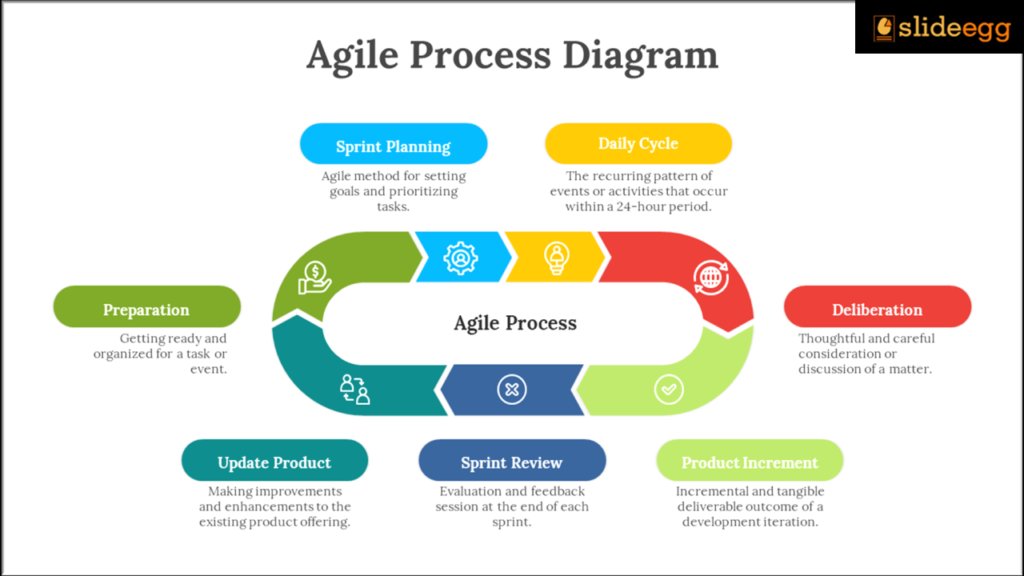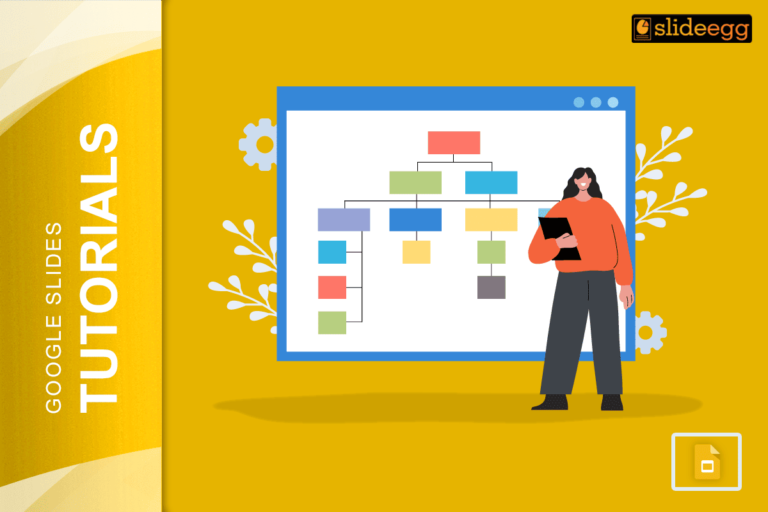Is your business drowning in a sea of sticky notes and missed deadlines? Are projects turning into never-ending marathons, leaving your team burnt out and your customers frustrated? Many businesses get bogged down by the traditional “waterfall” approach. This is where Agile methodology comes in. It is one of the best project management approaches, emphasizing flexibility, collaboration, and customer satisfaction. It’s particularly popular in software development but has proven effective in various industries. In this blog, we’ll explore what Agile methodology is, its key principles, and how it can transform your business.
Understanding Agile Methodology
Agile methodology is a way of managing projects that break down tasks into small, manageable units called sprints. Each sprint usually spans from one to four weeks. At the end of each sprint, a working product or part of a product is delivered, allowing teams to receive feedback and make necessary adjustments quickly.
Key Principles of Agile
- Customer Collaboration Over Contract Negotiation: Agile focuses on involving customers throughout the project to ensure their needs are met.
- Responding to Change Over Following a Plan: Agile teams are flexible and can adapt to changes even late in the project.
- Working Software Over Comprehensive Documentation: Delivering a functional product is prioritized over extensive documentation.
- Individuals and Interactions Over Processes and Tools: Emphasizes teamwork, communication, and collaboration.
The Agile Process

- Planning: Define the project scope, objectives, and stakeholders. Create a product backlog with a list of features.
- Sprint Planning: Select the most important features from the product backlog to work on in the upcoming sprint.
- Development: The team works on the selected features, collaborating closely to ensure progress.
- Daily Stand-Up Meetings: Short meetings to discuss progress, obstacles, and next steps.
- Review and Retrospective: At the end of the sprint, the team reviews what was accomplished and discusses what can be improved for the next sprint.
Benefits of Agile Methodology
1. Increased Flexibility
Agile methodology allows teams to respond to changes quickly. If customer needs or market conditions change, Agile teams can pivot and adapt without significant disruptions.
2. Improved Collaboration
Agile encourages continuous communication and collaboration among team members and with customers. This leads to a better understanding of requirements and more effective problem-solving.
3. Faster Time to Market
By breaking down projects into smaller sprints, Agile teams can deliver parts of the product more quickly. This means businesses can start benefiting from their investments sooner.
4. Enhanced Product Quality
Frequent testing and feedback loops in Agile ensure that any issues are identified and addressed early. This results in a higher-quality final product.
5. Better Risk Management
Regular reviews and adjustments help identify risks early in the project, allowing teams to mitigate them before they become major problems.
Presenting Agile Methodology

When it comes to presenting Agile methodology to your team or stakeholders, it’s important to keep it simple and relatable. Use real-life examples to illustrate how Agile can address common pain points in project management. Demonstrating the success of Agile in other companies can also help build confidence in adopting this approach. You can use premade Agile presentation templates available online to streamline the creation of professional and effective presentations.
Steps to Present Agile Methodology
- Explain the Basics: Start with a clear explanation of what Agile is and its key principles.
- Highlight the Benefits: Focus on how Agile can solve current challenges and improve project outcomes.
- Provide Examples: Share case studies or examples of companies that have successfully implemented Agile.
- Outline the Process: Walk through the Agile process step-by-step, explaining each phase.
- Address Concerns: Be prepared to answer questions and address any concerns about transitioning to Agile.
How Can Agile Transform Your Business?
1. Enhanced Customer Satisfaction
Agile’s focus on customer collaboration ensures that the final product meets or exceeds customer expectations. By involving customers throughout the project, businesses can deliver products that truly address their needs.
2. Increased Employee Engagement
Agile promotes a culture of collaboration and empowerment, where team members have a say in how work is done. This can lead to greater job satisfaction and improved retention rates.
3. Greater Innovation
The iterative nature of Agile encourages continuous improvement and innovation. Teams are constantly looking for ways to enhance the product and the process, leading to more creative solutions.
4. Competitive Advantage
Businesses that can respond quickly to changes and deliver high-quality products faster than their competitors will have a significant edge in the market.
Conclusion
Agile methodology is more than just a project management tool; it’s a mindset that can transform your business. By embracing Agile principles, businesses can improve flexibility, collaboration, and customer satisfaction. Whether you’re in software development, marketing, or any other industry, Agile can help you stay competitive in a rapidly changing world. With the right approach, Agile can lead your business to new heights of success.







